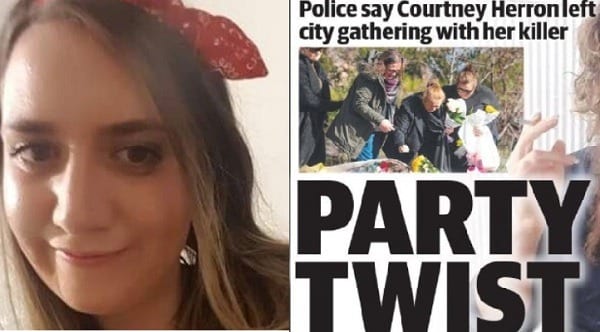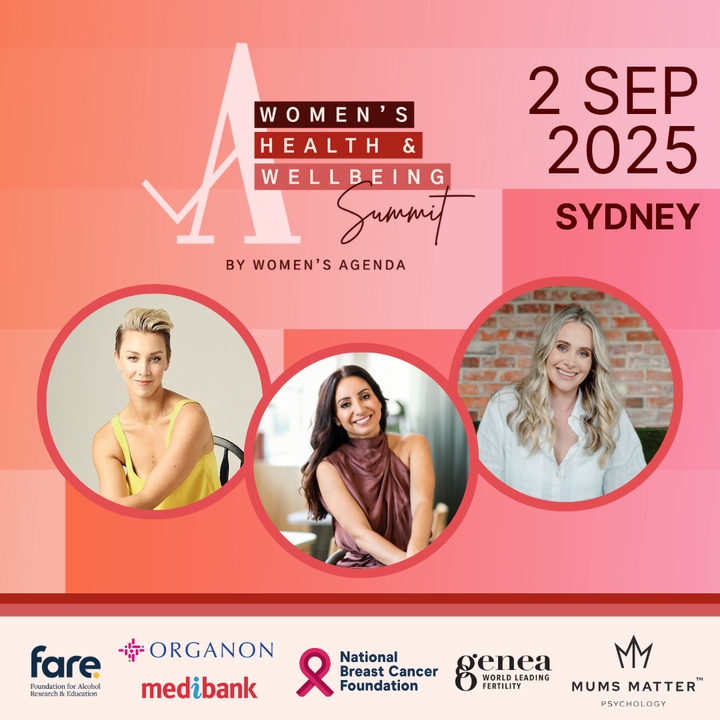The internet has been quick to express its anger over the wording. In a social media post that has gone viral, Our Watch Ambassador and activist against men’s violence, Tarang Chawla, called the reporting out as inappropriate, “This (headline) is completely and utterly ridiculous and has missed the mark. Be better, Rupert’s mob.”
As someone who also works towards eliminating violence against women, I share his dismay at the use of the salacious “Party Twist.”
But I also think it worth reflecting on what might drive reporting like this, because although the online outrage at the moment is directed towards the Murdoch press, other media sources have also handled the coverage of Herron’s death poorly.
Reducing this discussion to blaming only The Herald Sun is too simplistic.
The Guardian also had some problematic reporting. Anti-violence advocate and Walkley winner Nina Funnell noted after The Guardian’s story broke that, “In the very first sentence – even before they mention the manner of the murder – they stress that Courtney was ‘of no fixed address’. They then cited prior drug and mental health issues before hypothesizing that she was ‘possibly sleeping rough’. This particular framing and focus on homelessness serves to position and pathologize her as being a fringe dweller operating at the edges of good society… Which in turn makes it harder for the average member of society to empathize with and relate to her.”
Triple J radio announced on their news bulletin the police were searching for answers as to why she was in the park, and whether she was using drugs. No mention of the fact the real question at that early stage was surely who killed her?
Instead of looking for an easy out we need to do some self-reflection too. I think we are feeding this type of reporting. How?
We are obsessed with crime shows and picking over the details of how women were murdered – the more grisly and mysterious, the better. Look at the incredible success of shows like “Making of a Murderer”, and “The Teacher’s Pet.”
Personally, I suspect our fascination with these, and our desire to analyse the twists and turns of each case, has contributed to this type of journalism.
Because if this headline outrages you but you are also sitting back gleefully inhaling popcorn and viewing others pick over the details of another women’s murder on TV (“Netflix and Kill”)? Then surely there’s a disconnect.
We need to stop othering victims of violence. We still don’t want to accept this could be any of us, or any of the women we love.
We want to believe that if we don’t do drugs, we will be safe. Or if we don’t hang out in parks, we will be ok. Or if we don’t go to parties, we will minimise the risks.
CEO of Women’s Community Shelters, Annabelle Daniel, explains, ” It’s magical thinking. This superstitious sense that if only we can figure out how we are different, how she is not like us, those steps that we would take differently, then it won’t happen to us. ”
We seek out these irrelevant details to appease the false sense of safety we cling to.
And so, we are fed these. Yes, headlines need to change but the uncomfortable truth is that we do too.


